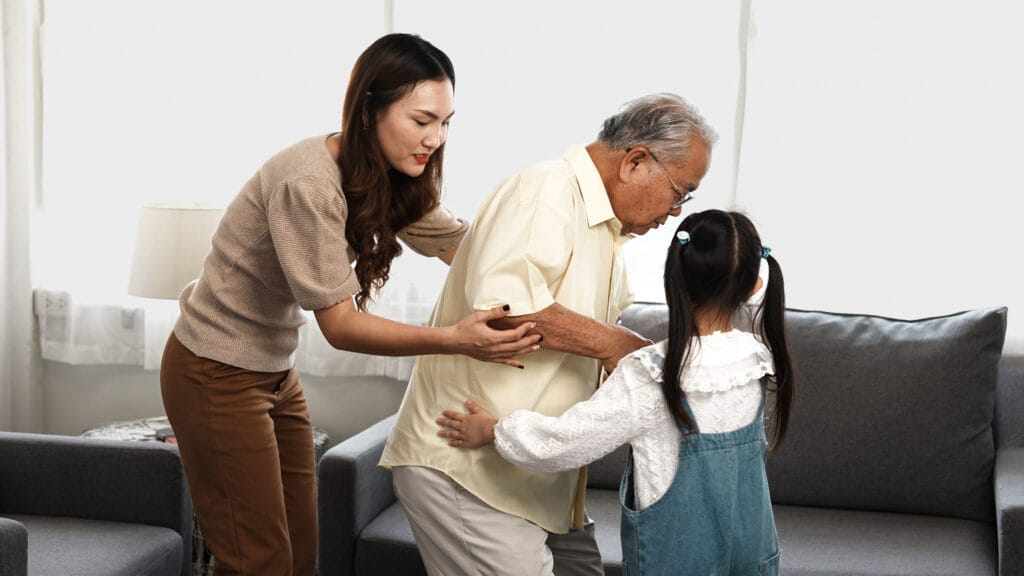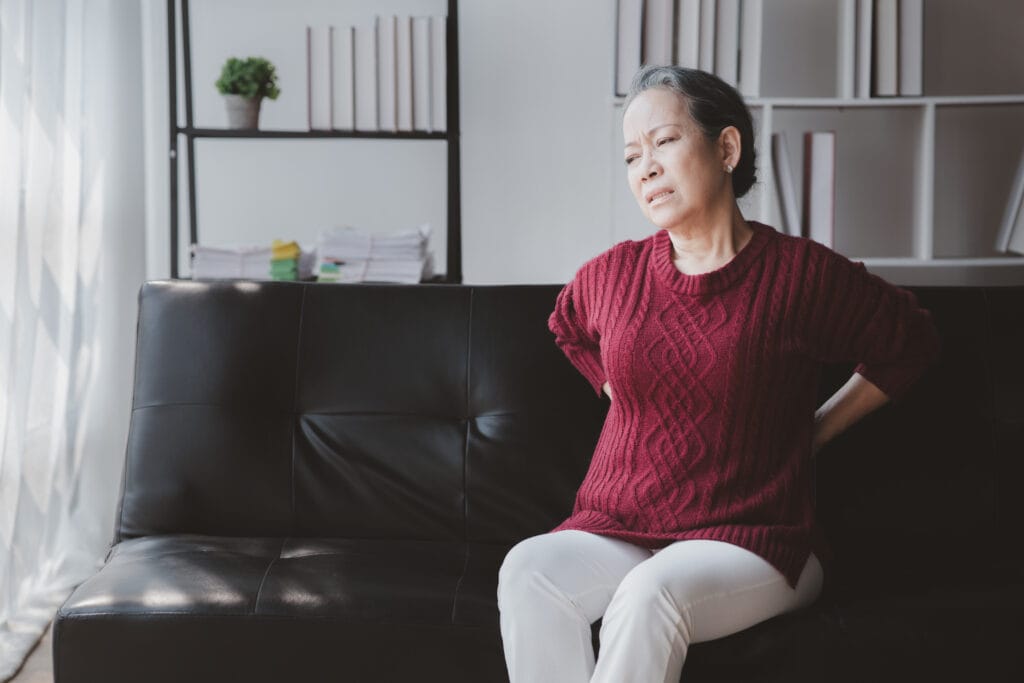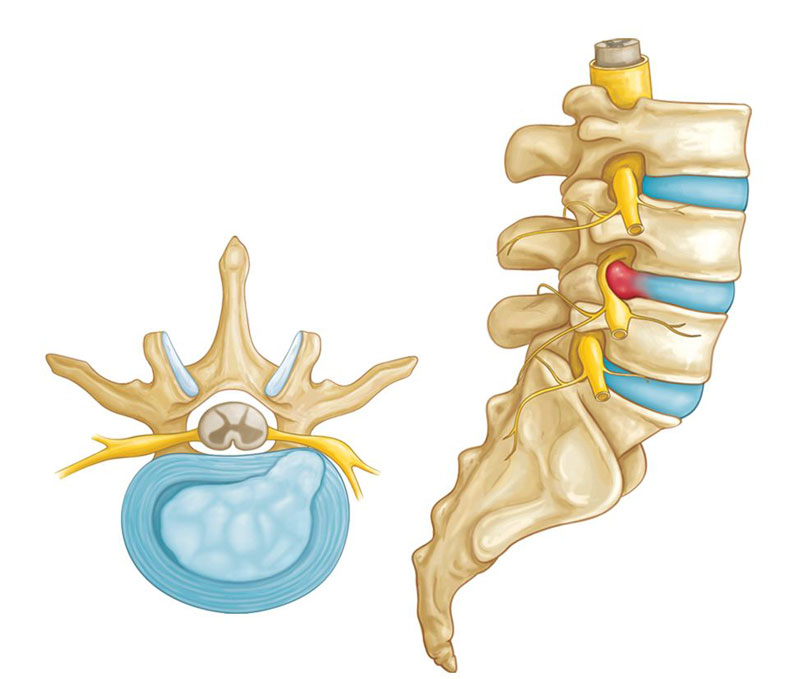Same topic
Topic “Bone and joint pain in the elderly” with you to learn the content.
Together to bring better healthcare solutions to the elderly.
-
Falls in the elderly
-
Weight loss regimen to prevent osteoarthritis?
-
Suitable diet for elderly with osteoporosis
-
Exercise regimen for people with osteoarthritis
-
How to take care of bones and joints for the elderly
-
Risk factors for osteoarthritis in the elderly
-
Weak Bones | Warning Signs and Diagnosis
-
Osteoarthritis, things not to be missed
-
Osteoporosis and what you need to know
-
Common musculoskeletal diseases
Joint pain is the most common disease in the elderly, affecting and significantly reducing the patient's quality of life.
According to the newspaper Dan Tri – Statistics from the Vietnam Rheumatology Association show that 301 TP3T people over 35 years old, 601 TP3T people over 65 years old and 851 TP3T people over 80 years old have osteoarthritis. According to the Ho Chi Minh City Osteoporosis Association, the country has 3.6 million people with osteoporosis, increasing to more than 4.5 million people by 2030, of which women account for 70-801 TP3T.

Overview of bone and joint pain in the elderly
Many people think that pain is a natural part of aging and try to endure the pain. However, few people know that if left untreated, the pain will become chronic.
Elderly people can experience pain in any joint in the body. According to statistics, the joints that often cause pain in the elderly are:

There are about 30.6% patients knee pain and the rate increases with age in female
Hips: lower proportions knee joint with 17.5% and the rate also increases with age.
Approximately 131 TP3T men and 261 TP3T women over 70 years of age were diagnosed with pain in at least 1 hand joint.
Spine: the rate is about 16.9 – 19% patients with spinal pain.
Causes of bone and joint pain
There are two types of causes of bone and joint pain in the elderly.
Mechanical causes
Trauma, overweight, obesity, vitamin deficiency, unhealthy lifestyle; weather changes or genetic factors.
Pathological causes
It should be noted that there are more than 150 different types of musculoskeletal diseases that cause joint pain in the elderly. Below are just some of the common diseases that are commonly encountered today:
1. Osteoarthritis/degenerative arthritis
As we age, the natural cushioning between the cartilage in the joints will deteriorate, causing the cartilage to become thin, worn, weak, and vulnerable.
When this layer of cartilage disappears, the two ends of the bones will rub against each other, causing swelling, pain, loss of flexibility, and bone spurs may appear.
Osteoarthritis usually occurs in people aged 40-60 and is a chronic disease.
2. Rheumatoid arthritis
This is a type of autoimmune arthritis that mostly occurs in small joints. Rheumatoid arthritis usually occurs in people aged 40-60 and women are more likely to get the disease than men.
3. Bursitis
A bursa is a small fluid-filled sac that acts as a cushion for bones, tendons, and muscles near joints, allowing people to move easily. People with bursitis have a condition where these sacs become filled with fluid and swell, causing the joints to become stiff and painful.
The older you are, the greater the chance of getting bursitis, especially those who do jobs that involve a lot of movement.
4. Herniated disc
Patients with herniated discs have the nucleus pulposus inside the disc displaced from its original position, compressing the nerves and spinal cord.
The patient will have pain in the herniated area and pain along the compressed nerve. In Vietnam, herniated discs often occur in people aged 30-60.
 5. Osteoporosis
5. Osteoporosis
This is a condition where bones lose density and become thinner, making them brittle and more susceptible to fracture and injury. The first symptom of osteoporosis is back pain.
How does it affect the patient's life?
Insomnia
Elderly people who already have trouble sleeping will have even more trouble sleeping if they have joint pain. Lack of sleep will make the pain worse.
Weight gain
Bone pain makes the elderly afraid to move, exercise and especially afraid to exercise. This makes them gain weight and the symptoms of joint disease become more serious. Being overweight can also easily cause more serious complications such as diabetes, high blood pressure, etc.
Some other complications
Complications that can occur due to joint pain include: bone necrosis, bone fractures, inflammation and bleeding in the joint, degeneration of tendons and ligaments surrounding the joint.
If bone pain is not treated subjectively, it can easily lead to serious complications for the patient.
Impact on daily life
Elderly people with bone pain will have their ability to perform daily activities such as dressing, personal hygiene, etc. reduced.
Bone pain will make it difficult for patients to perform simple daily activities.
It is important to detect early warning signs of the disease and treat it early. From there, a treatment plan can be developed. home care Fit.
Are you looking for home or facility-based care?
Hio is a pioneering platform providing comprehensive and personalized elderly care services at home and medical facilities. No additional costs, change caregivers without additional costs, immediate refund if customers are not satisfied, care information is continuously updated to ensure peace of mind for families.
 5. Osteoporosis
5. Osteoporosis



